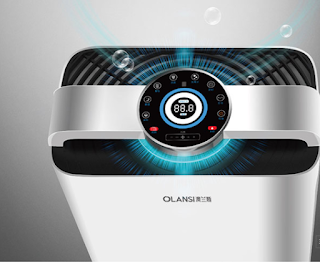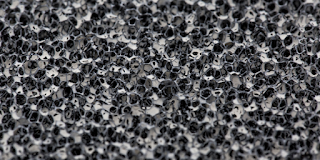The basic principles and advantages and disadvantages of passive adsorbent air purifier
The principle of passive adsorption filtration is to use the fan to pump the indoor air into the machine and filter the air through a built-in filter. The main function is to filter out the dust, odor and contaminants in the air. Such passive adsorption air purifiers are usually made up of HEPA filters, activated carbon filters, catalysts, UV disinfection facilities and electrostatic adsorption filters. HEPA filters mainly play the role of filter particles, activated carbon filtration function to absorb odor.
The passive adsorption air purifier utilizes the properties of air pollutants flowing along with the air flow. As the net ventilator passes through the filter net, the photocatalyst, the ultraviolet and the electrostatic facilities, the air purifier is passively adsorbed and purified and filtered.
OLANSI air purifier manufacturers Research Center pointed out that the passive air purifier is currently the most commonly used air purifier, the utility model has the advantages of different filters according to the filtering accuracy, which the pollutant has a strong pertinence, more than PM2.5 particle purifying effect significantly, cleaning speed, high efficiency, low cost of investment. But its shortcomings are very obvious, mainly for particles under 0.3 microns, which cannot be removed. And because of the fan equipped, there is a small noise and large power consumption. It is necessary to regularly replace the filter element, which will cause two pollution and increase the supply cost.
For more information, pls visit us www dot olansigroup dot com
Contact:Melody Xue
Email:sales13 at olansi dot com
Wechat:melody001106
Whatsapp/Mobile:+86 138 2478 4081


评论
发表评论